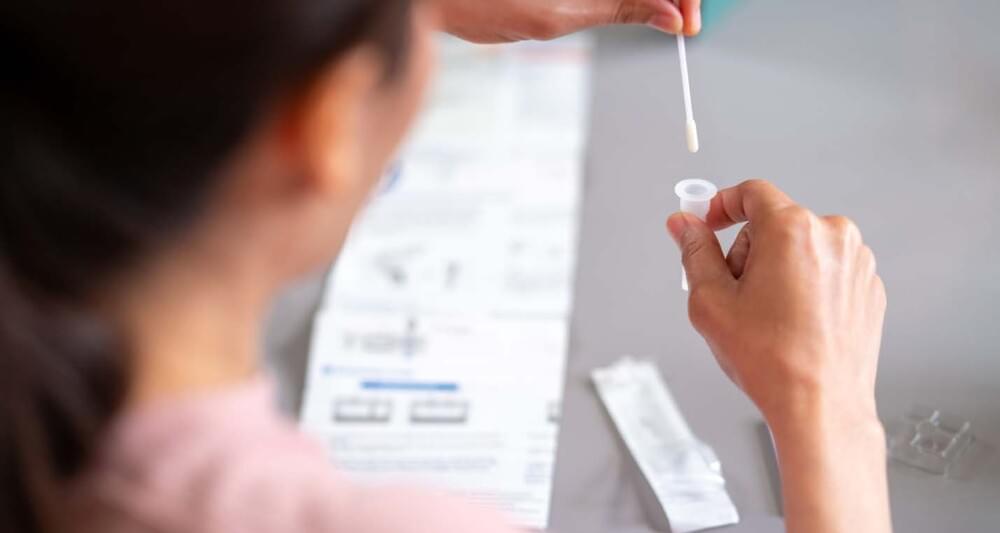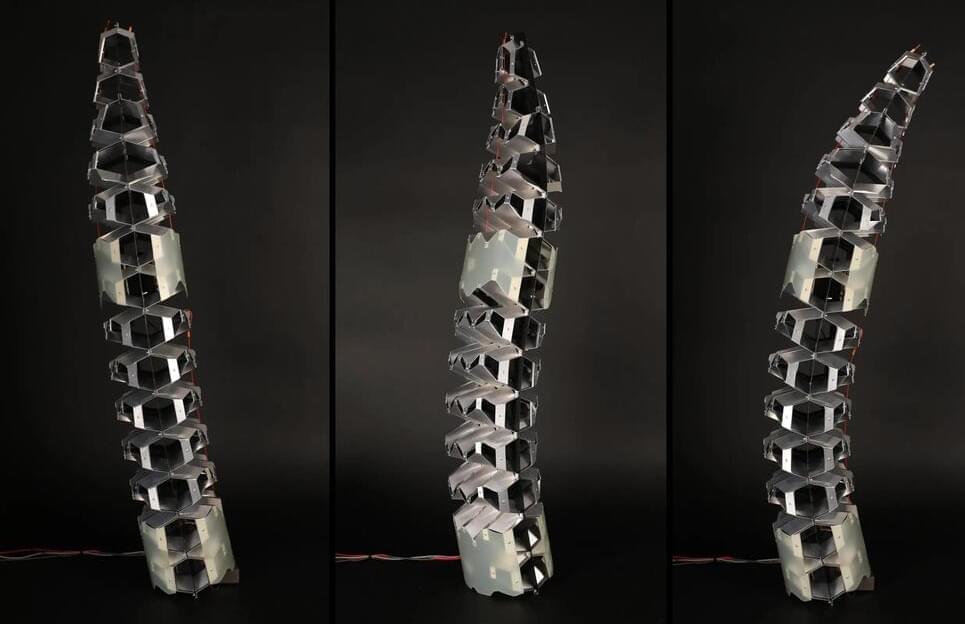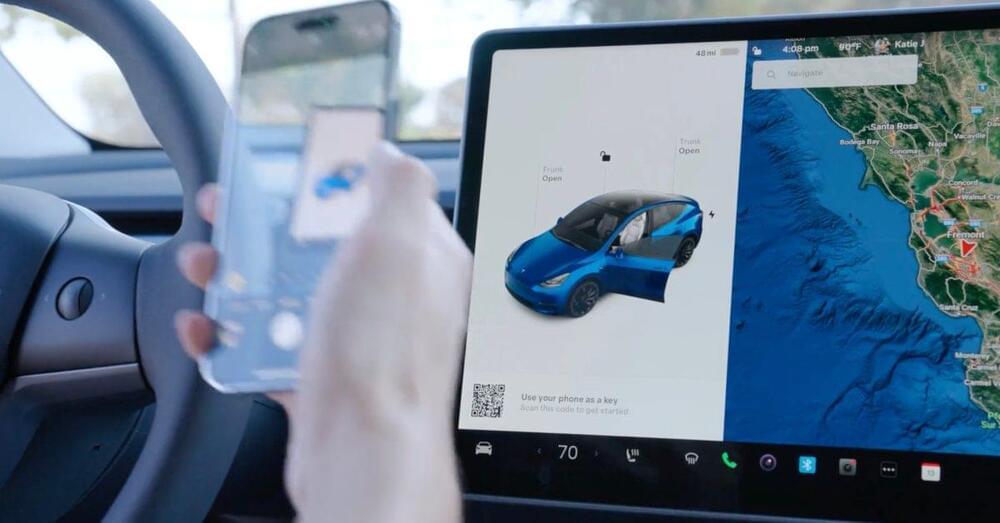The mosaic reveals unprecedented detail of the lunar South Pole region and highlights a scenic crater called the Shackleton Crater.



In the first and second parts of this series, pv magazine reviewed the productive lifespan of residential solar panels and inverters. Here, we examine home batteries, how well they perform over time, and how long they last.
Residential energy storage has become an increasingly popular feature of home solar. A recent SunPower survey of more than 1,500 households found that about 40% of Americans worry about power outages on a regular basis. Of the survey respondents actively considering solar for their homes, 70% said they planned to include a battery energy storage system.
Besides providing backup power during outages, many batteries are integrated with technology that allows for intelligent scheduling of the import and export of energy. The goal is to maximize the value of the home’s solar system. And, some batteries are optimized to integrate an electric vehicle charger.
“We’ve had a bit of a breakthrough.” Toyota, MIT and Columbia Engineering have shown off wild results from a new AI learning approach that massively accelerates how quickly robots can acquire new skills. It looks like a ChatGPT moment for robotics.


A new factory will produce the human-centric, multi-purpose robot “Digit” at scale in the U.S.
Agility Robotics, creator of a groundbreaking bipedal robot called Digit, has revealed that the company is opening RoboFab, a robot manufacturing facility in Salem, Oregon with the capability to produce more than 10,000 robots per year.
Tesla suspends the base Model Y AWD in the United States. This might have to do with the upcoming Cybertruck and 4680-cell shortage at Giga Texas.

Produced with techniques borrowed from Japanese paper-cutting, the strong metal lattices are lighter than cork and have customizable mechanical properties.
Cellular solids are materials composed of many cells that have been packed together, such as a honeycomb. The shape of those cells largely determines the material’s mechanical properties, including its stiffness or strength. Bones, for instance, are filled with a natural material that enables them to be lightweight, but stiff and strong.
Inspired by bones and other cellular solids found in nature, humans have used the same concept to develop architected materials. By changing the geometry of the unit cells that make up these materials, researchers can customize the material’s mechanical, thermal, or acoustic properties. Architected materials are used in many applications, from shock-absorbing packing foam to heat-regulating radiators.

Tesla has built new in-car software specifically for Hertz’s growing fleet of Tesla vehicles for rent around the world.
Back in 2021, Hertz announced an important effort to electrify its fleet of rental cars, led by a massive purchase of 100,000 Tesla Model 3 vehicles. More recently, the company added Model Y vehicles to the order.
The rental company’s Tesla fleet has been growing over the last few years, and it reported that Tesla vehicles are increasing Hertz’s customer satisfaction.

The system could be used for battery-free underwater communication across kilometer-scale distances, to aid monitoring of climate and coastal change.
MIT is an acronym for the Massachusetts Institute of Technology. It is a prestigious private research university in Cambridge, Massachusetts that was founded in 1861. It is organized into five Schools: architecture and planning; engineering; humanities, arts, and social sciences; management; and science. MIT’s impact includes many scientific breakthroughs and technological advances. Their stated goal is to make a better world through education, research, and innovation.